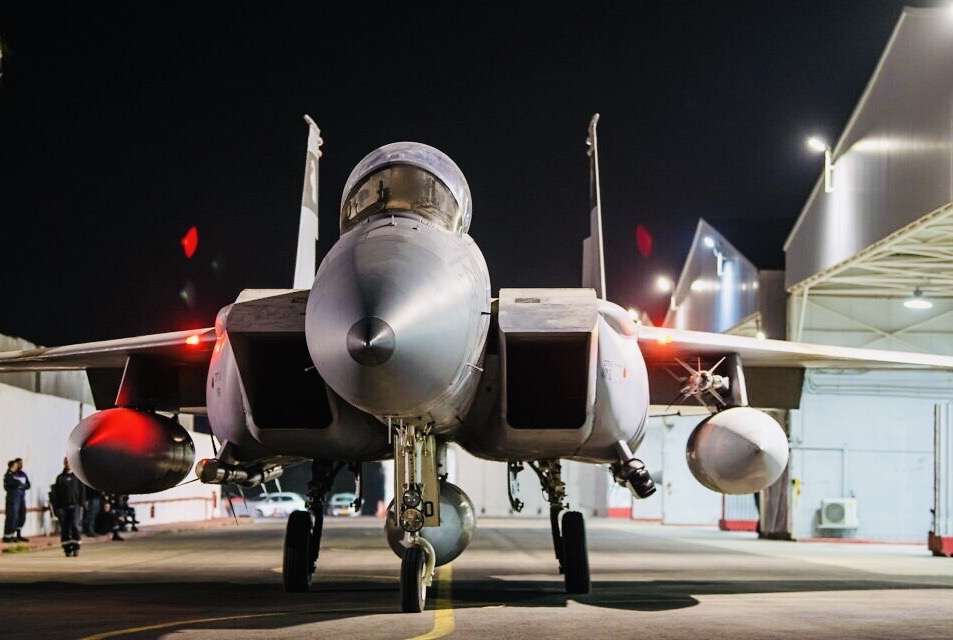Israel carried out a calibrated retaliatory strike against Iran in the early hours of October 26, marking the fourth time since April that these bitter enemies have clashed in a direct confrontation.
The question now is whether Iran, Israel’s deadliest foe, will respond in kind.
Iran faces a quandary.
If it retaliates, Israel would most probably respond with greater force. If Iran calls it a day, as the international community has urged, the Iranian regime might look weak at home and in the eyes of its allies in the anti-Israel Axis of Resistance, its forward defence alliance dedicated to Israel’s destruction.
For now, Iran is playing down Israel’s strike, which focused on military targets and resulted in the deaths of four Iranian soldiers. Projecting a dual message, the Iranian foreign ministry said that, while Iran is “obliged to defend itself,” it is aware of its “responsibilities for regional peace and security.”
Iran’s comparatively mild reaction eased fears that an uncontrollable and catastrophic regional war would break out between the two strongest powers in the Middle East, at a fraught moment when Israel is embroiled in a protracted two-front war.
Since last year, following the October 7 attacks by Hamas in southern Israel that claimed the lives of about 1,200 Israelis and foreigners, Israel has been fighting Hamas in the Gaza Strip and Hezbollah in Lebanon. Israel invaded Gaza last October 27 and southern Lebanon on September 30.
Israel, too, has been fending off constant missile, rocket and drone attacks from the Houthis in Yemen and pro-Iranian militias in Iraq.
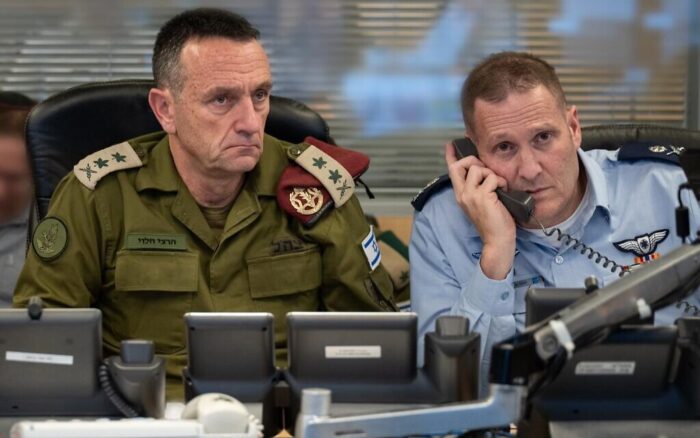
Within hours of its reprisal raids, Israel was braced for an Iranian counter-attack. “If the regime in Iran were to make the mistake of beginning a new round of escalation, we will be obligated to respond,” Israeli spokesman Daniel Hagari said in the wake of Israel’s operation, its first publicly acknowledged military strike inside Iran.
In the past six months, Israel and Iran have abandoned their shadow war, which has raged for years, and engaged in four rounds of direct clashes.
On April 13, after Israel bombed the consular annex of Iran’s embassy in Damascus on April 1, Iran launched more than 300 rockets, missiles and drones at Israel. The barrage caused little damage largely because most of the projectiles were downed by Israel, the United States, Britain and Jordan.
Several days later, in a symbolic strike, Israel hit back, bombing an S-300 air defence battery near Isfahan.
Tensions rose to a fever pitch after Israel assassinated two of Iran’s key allies — Hamas’ political leader, Ismail Haniyeh, in July and Hezbollah’s general-secretary, Hassan Nasrallah, in September.
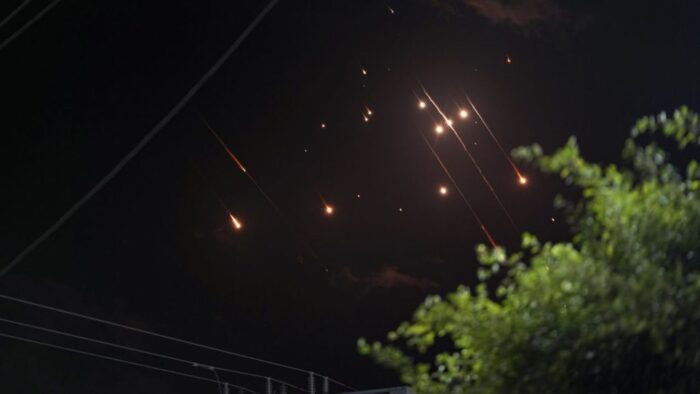
On October 1, Iran fired upwards of 200 ballistic missiles at Israel, causing minimal damage. Israeli Defence Minister Yoav Gallant called the reprisal “aggressive but inaccurate.”
Three days later, Iran’s supreme leader, Ayatollah Ali Khamenei, defended the strike as “completely legal and legitimate.” He also praised Hamas’ October 7 atrocity as a “logical, just and internationally legal action,” branded Israel as “a rabid dog,” and claimed that “any strike on the Zionist regime is a service to humanity.”
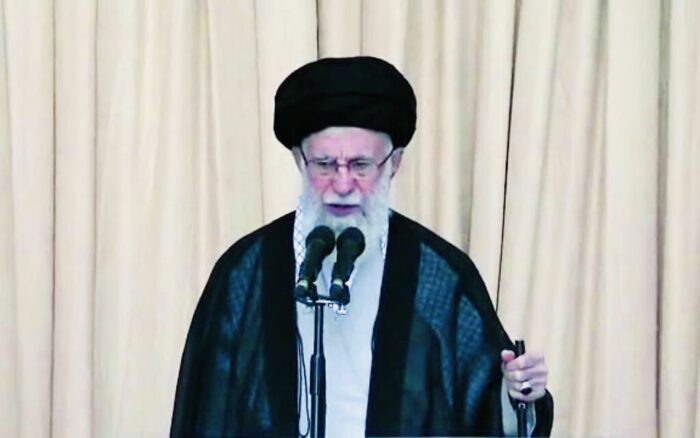
Reacting to his incendiary remarks, Prime Minister Benjamin Netanyahu said that Israel, in accordance with its offensive strategy toward Iran and the Axis of Resistance, had a “duty and the right” to retaliate.
Under pressure from U.S. President Joe Biden, Netanyahu said that Israel would refrain from targeting Iran’s oil production facilities and nuclear facilities. Shortly afterward, the United States dispatched the Terminal High Altitude Area Defence (THAAD) system to Israel.
Gallant, on October 8, said that Israel’s counter-strike would be “deadly, pinpoint accurate and most importantly, surprising.” He added, “They will not know what happened or how it happened. They will just see the results.”
On the eve of Israel’s latest strike, which the United States described as an act of self-defence, Iranian Foreign Minister Abbas Araghchi said, “The shape of our response will be proportionate and calculated.” He warned that an attack against Iran’s infrastructure would provoke “an even stronger” response.

During its long-awaited strike, Israel bombed roughly 20 military bases in several waves over three to four hours. Air defence batteries, radar stations and missile production sites were struck in and around Tehran, Karaj, Isfahan and Shiraz.
Dozens of aircraft, including fighter jets and refuellers, participated in the “complex” operation approximately 1,600 kilometers from Israel. In terms of its scale and duration, it was an unprecedented attack.
In its initial statement, Israel announced it was carrying out “precise strikes” on Iranian military targets, in response to “months of continuous attacks from the regime in Iran against the State of Israel. The regime in Iran and its proxies in the region have been relentlessly attacking Israel since October 7 on seven fronts, including direct attacks from Iranian soil. Like every other sovereign country in the world, the State of Israel has the right and the duty to respond.”
The first wave reportedly targeted air defence batteries in Syria, Iraq and Iran to lay the ground for further strikes in Iran. The next wave or waves hit drone and ballistic missile manufacturing plants as well as missile sites used to launch the October 1 barrage.
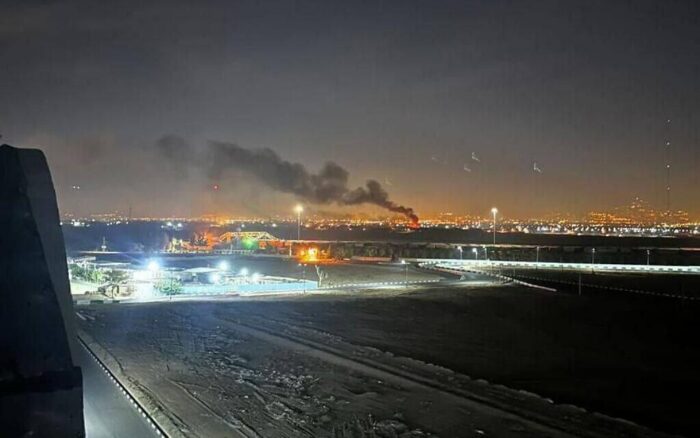
Israel said that “all goals” had been achieved and that its planes had returned safely.
According to The Washington Post, the strike was designed to minimize casualties and prevent an escalation of hostilities.
The Axios website claimed that Israel, through third parties, warned Iran that a retaliatory attack could trigger a wider and more dangerous conflict.
It was far more than that, but it did not rise to the occasion of a major blow against a relentlessly fierce enemy whose objective is clear.
As Ari Shavit noted in Foreign Affairs recently, “Iran’s master plan is … to destroy Israel, dominate the Arab world, undermine the West, and once again become an imperial power. In order to achieve these goals, it is employing a three-tier strategy. First, it is attempting to acquire nuclear weapons to neutralize Israel’s strategic supremacy and secure an insurance policy. Second, Iran is manufacturing advanced conventional weaponry — rockets, cruise missiles, drones — so that it can reduce the technological advantage enjoyed by the United States, Israel, and their allies. Finally, Iran is encircling Israel with a ring of bases from which its terrorist proxies (and its own forces) could one day launch a full invasion of the Jewish state.
“For the time being, Iran is using these bases defensively. Once Iran goes nuclear, however, it could also go on the offensive. Tehran’s underlying assumption is that it can destroy Israel within a decade or two, take control of the Middle East, and confront the West.”
